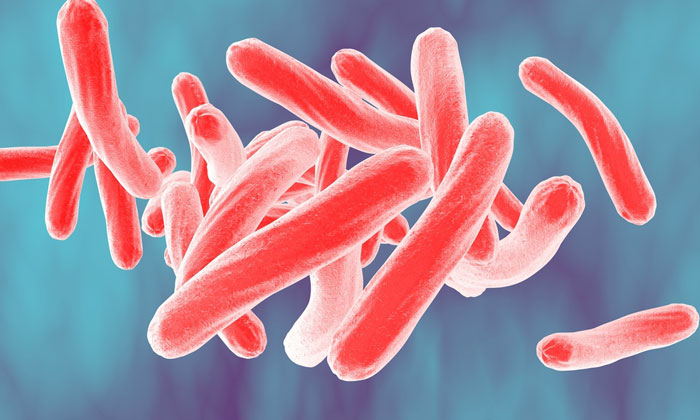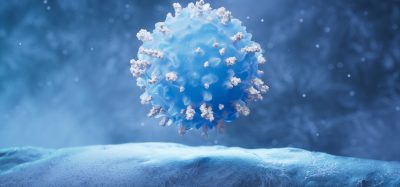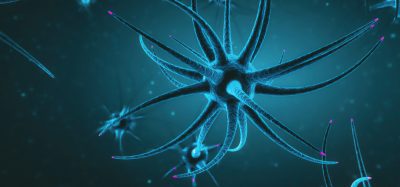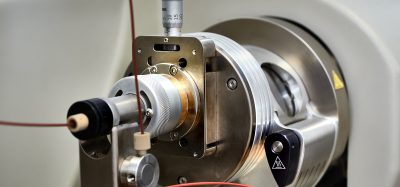New AI method maps how tuberculosis drugs destroy bacteria
Posted: 28 August 2025 | Drug Target Review | No comments yet
Scientists at Tufts University have developed an AI tool that demonstrates how tuberculosis drugs kill bacteria – an advancement that could speed-up the discovery of shorter, more effective treatments.


Tuberculosis (TB) is the world’s deadliest infectious disease – and one of the most difficult to treat. Standard therapy requires a mixture of several drugs over at least six months – yet one in five patients face a type of TB resistant to these first-line medications. Now, a new study, published in Cell Systems, presents an AI-assisted method for discovering exactly how TB drugs kill bacteria – potentially allowing for the creation of smarter treatment combinations that could shorten and improve cures.
A global need for shorter, stronger treatments
Developing a more effective TB regimen is a global health priority. “We need a better multidrug regimen: three to five new drugs that work even for what is currently drug-resistant TB,” says Bree Aldridge, senior author of the study and a professor in molecular biology and microbiology at Tufts University School of Medicine.
Progress has been slow, in part because researchers lacked tools to see precisely how drugs work and therefore how they might best be combined. “TB likely has multiple Achilles’ heels that we could hit all at once,” explains Aldridge. “But it’s surprisingly difficult to figure out exactly how a drug kills its target cell.”
She compares the process to reconstructing a fight from a crime scene: “It’s like walking into a room and spying bruised faces, an overturned chair, and a shattered lamp; you can tell that a fight happened but not who started it or how it unfolded.” Similarly, scientists could observe when drugs killed TB bacteria but not the exact ‘mechanism of death.’
Introducing DECIPHAER
Aldridge and her collaborators at Tufts University School of Medicine and partner institutions have now developed a tool to change that. DECIPHAER – short for decoding cross-modal information of pharmacologies via autoencoders – is an AI-assisted system that shows, in molecular detail, how potential TB drugs kill bacteria.
The approach builds on the team’s earlier work, which used high-resolution images to capture how TB bacteria look at the moment of death. These ‘morphological profiles’ act like crime scene snapshots, showing structural changes in the cells caused by a drug’s mode of attack.
“If you treat TB bacteria with a new drug and it goes splat in the same way it does for other drugs that destroy the cell wall, then you may assume it destroys the cell wall as well,” says Aldridge.
Linking visual clues to gene activity
The innovation now is that DECIPHAER links these visual clues with transcriptional profiles – data showing which bacterial genes switch on or off during treatment. By training an AI model on both data types, the researchers can predict molecular impacts from images alone.
By training an AI model on both data types, the researchers can predict molecular impacts from images alone.
“Before, we could only say roughly how a drug killed TB using morphological profiling. Now we can bring more exact insights into how drugs are impacting the cells and why the bacteria are dying,” says Aldridge.
That precision has already revealed surprises. “Based on similar existing compounds, we had assumed the drug worked by destroying the cell wall,” Aldridge explains of one TB drug in clinical development. “But it actually kills TB bacteria by impairing the respiratory chain and cells’ ability to make energy.”
Faster, cheaper insights for new drug combos
Because DECIPHAER can predict molecular effects from images – without the high costs of RNA sequencing – it offers a faster, cheaper way to study potential treatments in different strains and combinations.
“We plan to keep using it in our own lab’s drug combination studies and hope it will support collaborations worldwide to accelerate development of new TB drugs,” says Aldridge. While the need is especially urgent for TB, she adds that DECIPHAER’s approach could also apply to other infectious diseases and even cancer in the future.
Related topics
Antibiotics, Artificial Intelligence, Drug Development, Drug Discovery, Microbiology, Molecular Biology, Screening, Targets, Therapeutics
Related conditions
Tuberculosis
Related organisations
Tufts University School of Medicine








